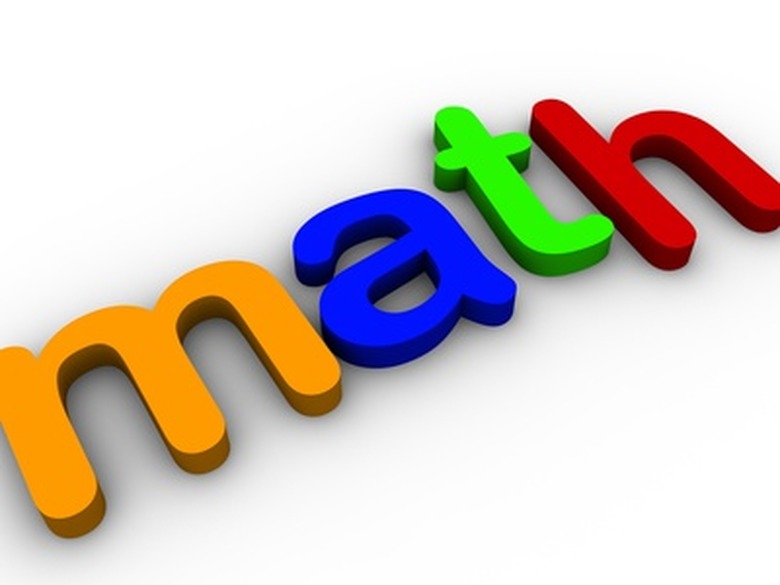Division Math Strategies For Kids
A good grasp of multiplication facts is essential when it comes to learning division. Division is typically harder for most children to learn than multiplication, but by learning certain math strategies, division makes sense. When dividing numbers makes sense, it is easy to learn, even for children who are struggling with it now.
Multiplication Reversed
Multiplication Reversed
Basic division facts, with no remainder, are simply multiplication facts reversed. Multiplication facts, therefore, are a key to learning division. If a problem reads, "What is 20 divided by 4?" teach the child to question what times 4 equals 20? The answer then is 5. This method works with any basic division questions. When a remainder appears, this system is slightly harder to use but can still be done.
Long-Hand Division
Long-Hand Division
Long-hand division comes into play with larger numbers and is the standard way of learning how to divide larger numbers. This strategy is taught in classrooms every day. It involves carrying numbers, multiplying, and dividing. This system of learning division is complicated for most children. Teaching children to check their work comes in handy, too. When an answer is found, have them cross-check it. In other words, if a problem in 53 divided by 6; the answer is 8 with a remainder of 5. The answer is checked by multiplying the 8 times the 6; which totals 48. The remainder of 5 is added to it, so the answer is 53, which proves the answer is correct.
A Division Game
A Division Game
A division game is a great strategy to learn this concept. Almost any items can be used for this game, including pennies, buttons, strips of paper, or small pieces of finger foods. One item is used to represent "tens" and the other is used to represent "ones." Using strips of paper for the "tens" and pennies for the "ones," let's compute a problem using this strategy. The problem states, "There are 82 pieces of candy to be shared by 4 people." To solve this problem, have the child place 8 strips of paper down to represent the 80, and 2 pennies down to represent the 2. Next, have the child separate this "82" into 4 sections, representing the 4 people. The child will place 2 strips of paper down in 4 spots and will be left with the 2 pennies. Each strip of paper represents "10" so the answer to 82 divided by 4 is 20 with a remainder of 2 (which were the 2 pennies).
Cite This Article
MLA
VanBaren, Jennifer. "Division Math Strategies For Kids" sciencing.com, https://www.sciencing.com/division-math-strategies-kids-7239401/. 24 April 2017.
APA
VanBaren, Jennifer. (2017, April 24). Division Math Strategies For Kids. sciencing.com. Retrieved from https://www.sciencing.com/division-math-strategies-kids-7239401/
Chicago
VanBaren, Jennifer. Division Math Strategies For Kids last modified August 30, 2022. https://www.sciencing.com/division-math-strategies-kids-7239401/
